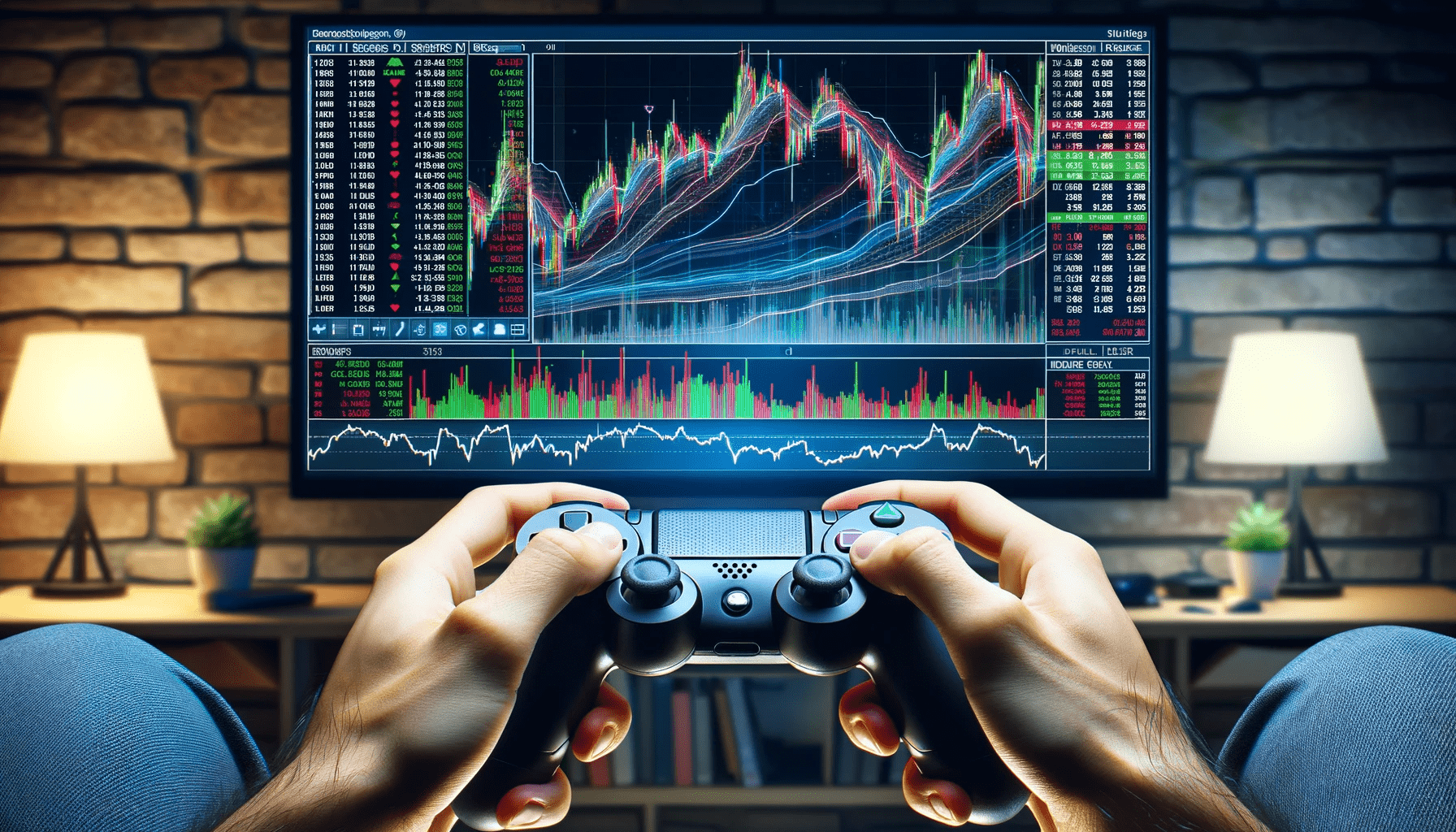Why Prop Firms Prefer Gamers and How You Can Benefit from the Gamer’s Mindset in Your Trading
Use this simple trading ”game” to massively improve your ability to read price action
Many prop firms seek applicants with a history of gaming to take on as new traders. While people who play video games aren’t traditionally thought of as favourable applicants for any job besides work in the gaming industry, when you think about it, it makes perfect sense.
Trading is ultimately just a game. A game with the opportunity to make life-changing profits (or losses), but a game nonetheless. Those who have a history of becoming obsessively focused on a game will probably have an edge over those who don’t. Mainly because they’ll put more of their energy and time into playing the game.
But it could be the fact that gamers will tend to view trading as a game, rather than a scary endeavour that could lead to failure or humiliation. When you’re playing a game, your stress levels are capped as you know it’s not “real”. This mindset can be beneficial in trading.
Not being much of a gamer myself, it got me thinking about ways I could “gamify” my trading. What if I could do as the gamers do and see trading as just a fun game, and not the serious business it often feels like?
I created my own “game” that I could play on TradingView using only the replay feature. Playing it has not only been a lot of fun, but it continues to massively improve my edge in the market the more I play it.
Here’s how it works.
Using a naked candlestick chart and the replay feature in TradingView, choose a random period in history that you don’t recall or haven’t traded before.
Choosing the timeframe that most of your trades are based on (in my case it was the daily), move forward one candle at a time. Wait until you get a strong feeling that price is headed in a certain direction, then use the long/short position tool to place your entry, stop, and target. Play it out and record your result in R.
Do this for all the markets you trade, across different market conditions, keeping track of your performance in each. Not only will your price action reading ability significantly improve, but you’ll also have a better idea of which markets you tend to read better.
Next, start trying different timeframes. You’ll see how the lower the timeframe you go, the more “noise” there is and the less trustworthy the price action becomes.
Over time your performance will improve, as you learn how the game works. These skills will then carry over into your live trading, and your edge will improve the more you play. Anticipating the next market move becomes as intuitive as a “Fortnite” player flawlessly executing a strategic build to gain the high ground.
So, are you ready to start playing?
The more you play the game with different markets, the more you’ll see that each market has its personality. This is why traders who specialise in one or two markets often outperform those who spread themselves across multiple markets: They know their market better than the competition.By playing this game in different markets, you can start to learn the personality of each market. I also run a service called OddsRadar that provides probabilistic data on different price patterns across multiple markets, which can help you trade a lesser known market with more precision.
Next time you find yourself lost in the seriousness and stress of trading, remember – it’s just a game.

